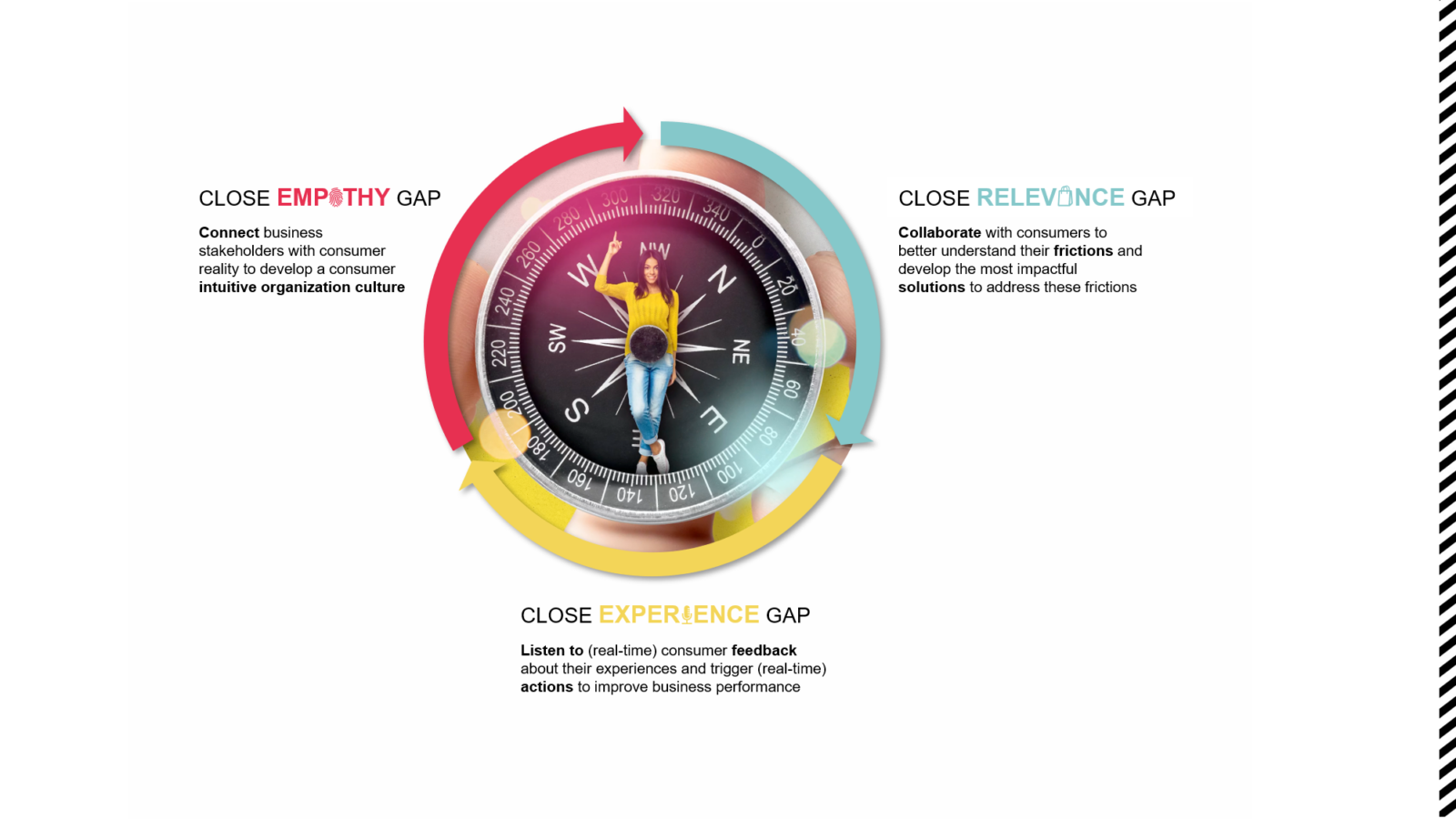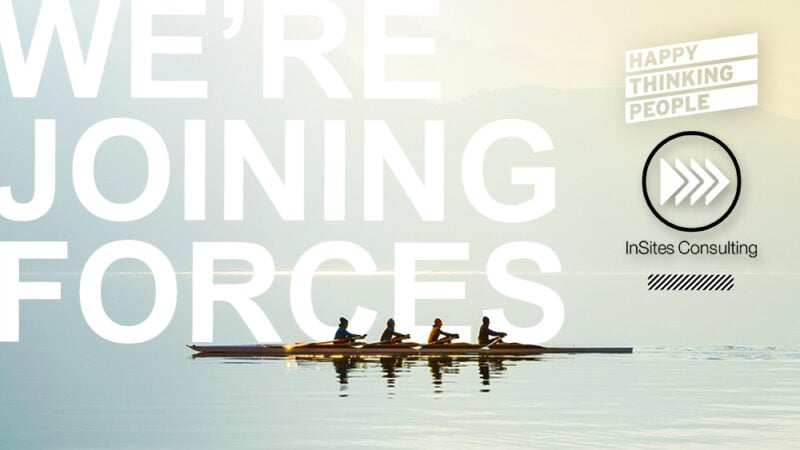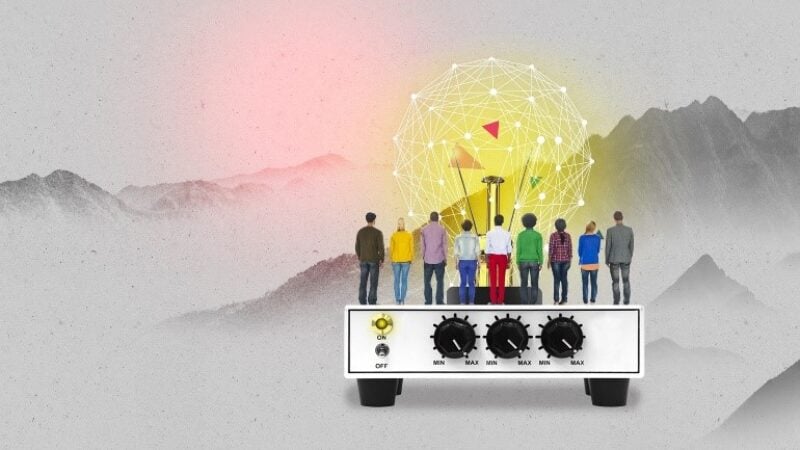How customer centric is your organisation?
Did you know that 72% of consumers expect companies to understand their unique needs and expectations, and that 66% would switch brands if they felt treated like a number, not an individual? Consumers are on a quest for relevance and expect brands to play a role in this.
FROM MASTERY TO INTIMACY
For centuries, businesses were focusing on mastery, or growing superiority in a certain domain or strategic focus. It was all about doing things better, faster or cheaper. Car manufacturer Toyota is exemplary in this pursuit of excellence. In 1951, it installed its so-called ‘Creative Idea and Suggestion System’ (CISS), which allows every employee, regardless of their role or focus, to make suggestions on ways to improve the production process.
Yet as one becomes so obsessed with continuously improving products, services and processes, one loses sight of whom they are doing it for, and that is the consumer.
“When your eyes are only looking at the organization, your ass is facing the customer.” – Yudai
FROM CONSUMER INTELLIGENCE TO CONSUMER CENTRICITY
To survive and even thrive in these turbulent times, businesses around the world need to keep the finger on the pulse to understand the consumers’ changing needs and wants. As Zhang Ruimin, founder and CEO of Haier, rightly points out: “There are no great companies, only relevant companies”. This requires commitment to listen to the voice of the consumer, and installing a culture and infrastructure where consumers are an integral part of the business.
Yet, there seems to exist a large gap between what companies say and what they do. Research by Capgemini with more than 3,000 consumers and 600 executives has shown that while 75% of organizations claim to be consumer-centric, only 30% of consumers agree that they are. So where does the problem lie? We can identify three different gaps organizations need to close in order to drive consumer centric thinking: the empathy gap, the relevance gap and the experience gap.

1. EMPATHY GAP
The empathy gap is the gap between the daily reality and context of consumer lives, and that of business stakeholders working for brands. This can be closed by connecting brand stakeholders with the consumer reality and developing a more consumer-intuitive organizational culture.
2. RELEVANCE GAP
The relevance gap is the gap between the needs and frictions consumers have, and the solutions the brand (wants to) offer(s) to the market. We can close this gap by getting brands to collaborate with consumers to better understand their needs and frictions, and developing the most impactful solutions to address these frictions.
3. EXPERIENCE GAP
The experience gap is the gap between daily experiences of consumers with the brand, and the choices the brand makes to deliver to consumers. This can be decreased by collecting and listening to (real-time) consumer feedback about brand experiences, and triggering (real-time) actions to improve business performance.
Many consumer-centricity efforts are still focused on closing that relevance gap, yet consumer-centric organizations need to actively work on all three levels, by connecting with, collaborating with, and listening to consumers.




